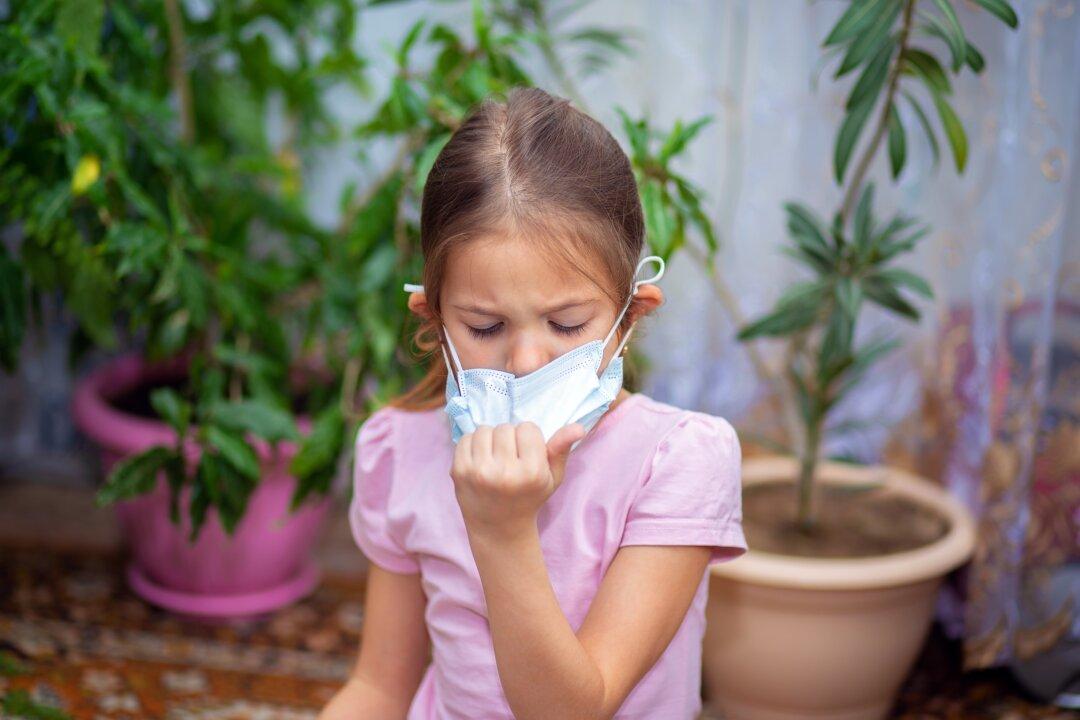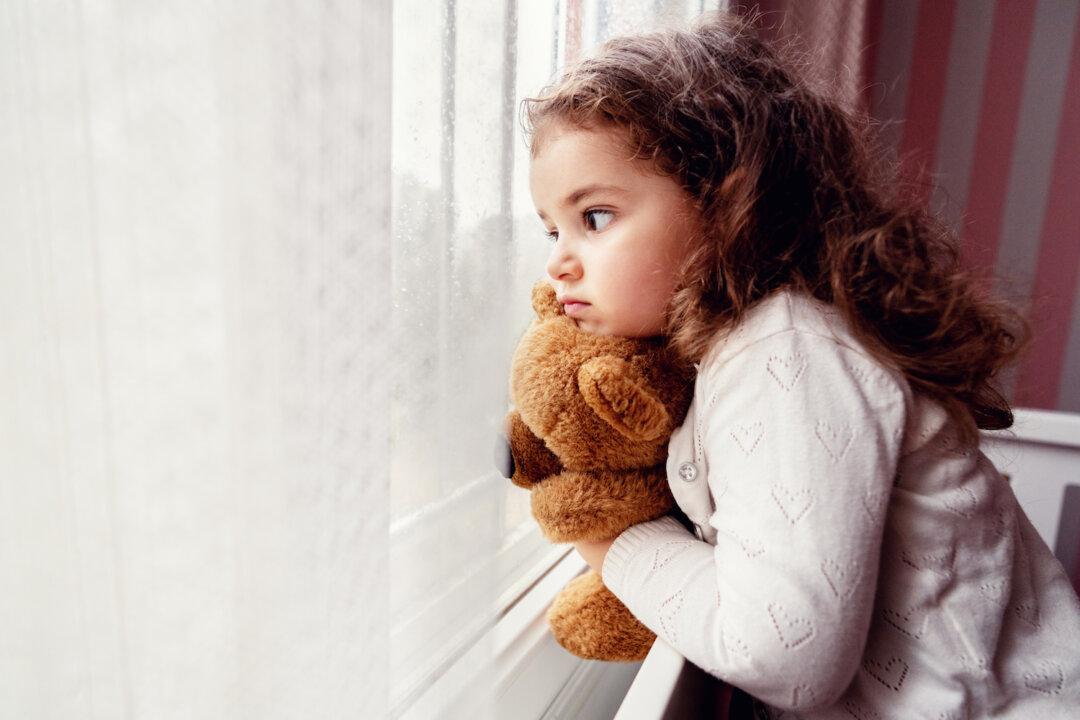As any parent can attest to firsthand, our children—from tots to teens—have been experiencing more anxiety, psychological stress, and behavioral challenges since the COVID-19 crisis began in March 2020. Adults, too, have been suffering from extreme stress and anxiety.
Now a new retrospective study, looking at data from late 2020 and 2021, confirms what so many of us have long suspected: Masking as a prerequisite to classroom learning and participation in public life is causing children both psychological and physical harm.






